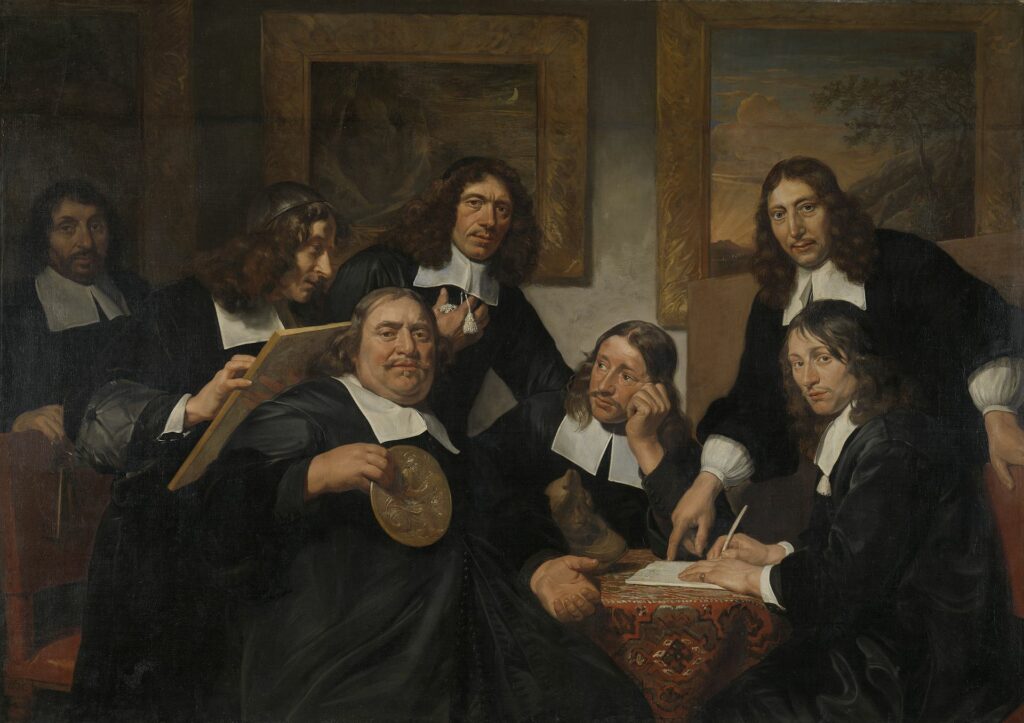I recently assisted the proctor during an exam for the Service Playing Certificate offered by the American Guild of Organists. This was the first time I’d ever been present at an AGO certification exam, and have never embarked on this journey myself. This led me to reflect on medieval guilds and about how, during the Middle Ages, knowledge, skill, and artistry was handed down from master to apprentice. Apprentices would become journeymen, and then would eventually become masters themselves. For a quick but interesting history refresher, click here. First established in 1896, the AGO has its roots in this system.
The exam was held on a dreary Saturday morning at the Church of the Visitation in South Tacoma. As I entered the nave, a faint aroma of incense greeted me. The sweetness of the little Wicks in the gallery, its sonorous principal chorus, and the acoustics of the building itself are a conversation for another time. Not knowing exactly what to expect, I learned that the requirements of this certification are as follows:
- Play three organ pieces chosen from a list of works from different historical periods. For example, your pieces might be a fugue from one of Bach’s Eight Little Preludes and Fugues, a movement by Mendelssohn, and a short contemporary work.
- Choose two hymns from the 2013 Revised AGO Examination Hymn Booklet, and play two stanzas of each as though accompanying a congregation.
- Transpose a hymn, again from the AGO Hymn Booklet, no more than a whole step up or down (you can choose the hymn and work it out in advance).
- Play the accompaniment to a psalm chant, taken from the AGO Hymn Booklet.
- Play two anthems chosen from those listed in the certification requirements.
- Sight-read a short passage of music.
Holy-moly, I thought, this is a bit challenging! Although I was a church musician for at least 25 years, I’m not sure I ever transposed a hymn without first writing it out unless it was from E flat major to E major. Nor, did I ever accompany Rutter’s Shepherd’s Pipe Carol on the organ, which is one of the anthems on the AGO list of options for anthem accompaniment (if it counts, I did accompany it on piano, while conducting the choir with my eyebrows).
The process was interesting and a bit unnerving. Since the examination is sent to the AGO and is evaluated by two national examiners, it needed to be recorded. The proctor followed a script and announced which part of the exam was happening next. The tone was serious and professional.
The whole experience made me think about completing the Service Playing Certification as a fun project if the Coronavirus hijacks another year of our lives. It also made me wonder how many church organists apply for this certification each year, and whether AGO certifications are as prestigious today as they were 40 years ago. These ponderings brought a wave of sadness as I remembered all the esteemed organists I’ve known, some of whom are no longer with us, who have had the initials F.A.G.O. after their names. Should we expect more from our church organists, and how should this be monitored and evaluated? How can we expect consistent professional standards for church musicians if they aren’t being compensated equitably for their education and time?
This one-hour experience opened up a whole file of memories and questions. The questions aren’t easily answered, but I’m grateful that there are still organizations with formal certifications for organists, and I have a new admiration for the organists who undertake this journey.
For a link to the AGO’s site on Service Playing Certification and other certifications, click here.

